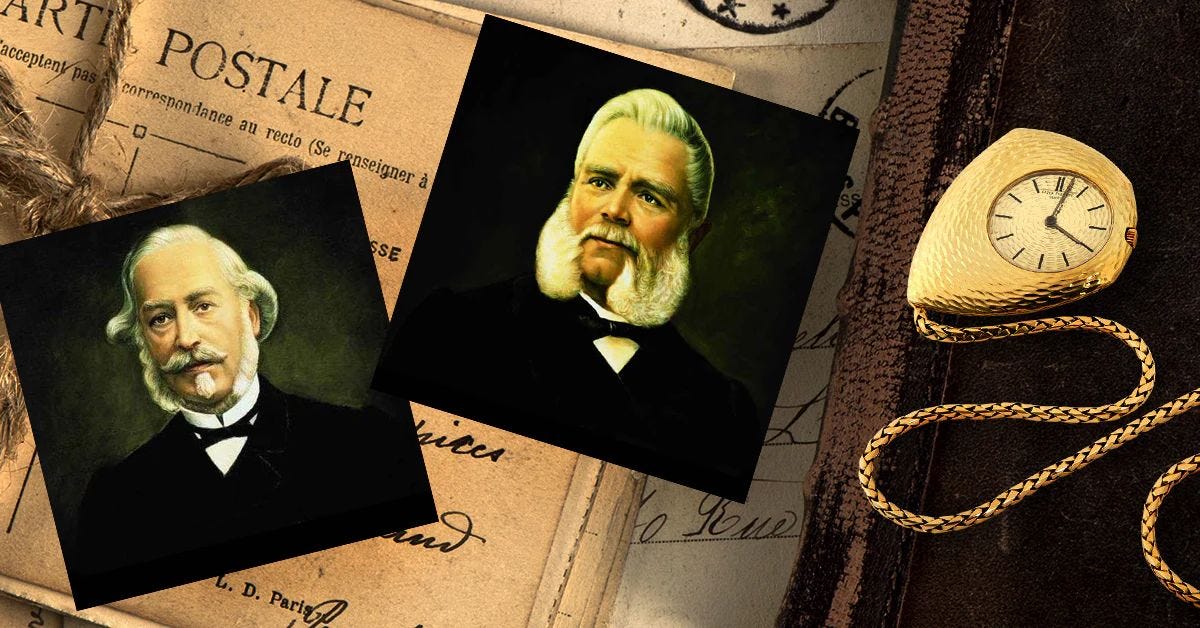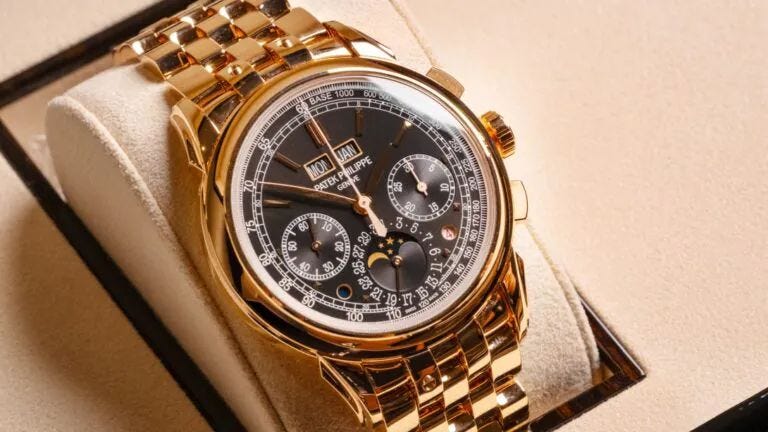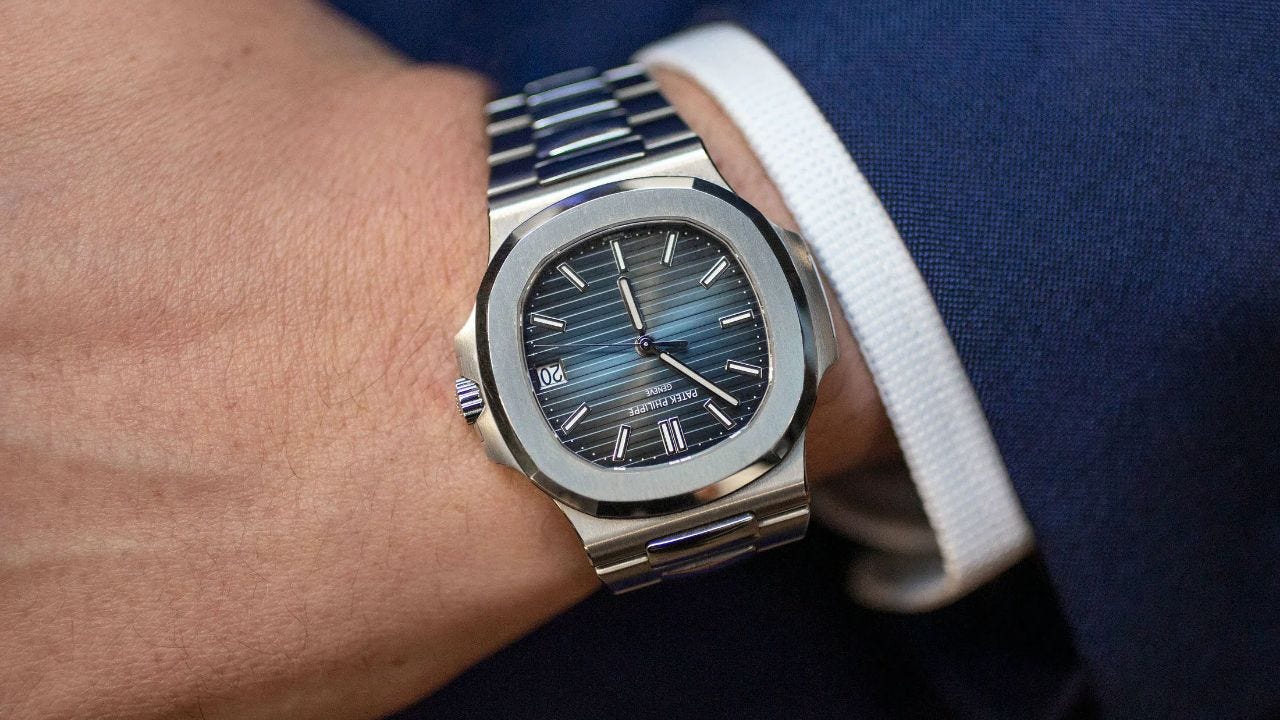Patek Philippe: The Men, The Brand, and the Business of Timeless Timepieces
From a Polish refugee’s dream to a multi-billion-dollar family empire, Patek Philippe has written one of the most remarkable success stories in luxury business history. Patek Philippe is more than a watch brand—it is a symbol of heritage, craftsmanship, and generational wealth. Behind this legacy stands a story that begins with two visionary watchmakers and evolves into a family-run empire that has mastered the art of exclusivity.
A Polish Refugee and a French Watchmaking Genius
The story of Patek Philippe begins in 1839, when Antoine Norbert de Patek, a Polish nobleman and soldier, fled his war-torn homeland and arrived in Geneva. With a passion for horology, he partnered with François Czapek, a Czech watchmaker, to establish Patek, Czapek & Cie. Their early watches were elegant and refined, but the partnership dissolved in 1845.
That same year, Patek joined forces with Jean Adrien Philippe, a French horologist who had revolutionized watchmaking by inventing the keyless winding mechanism. Their company, Patek Philippe & Co., was officially founded in 1851, setting the stage for what would become one of the most prestigious watchmakers in history.
From Royalty to Global Prestige
Patek Philippe quickly gained recognition among Europe’s elite. In 1851, Queen Victoria acquired a Patek Philippe pendant watch, securing the brand’s reputation as a royal timekeeper. Soon, other monarchs, aristocrats, and industrialists followed, drawn to the brand’s exquisite craftsmanship and technical innovations.
Throughout the late 19th and early 20th centuries, Patek Philippe continued to push the boundaries of horology. The company introduced some of the world’s first perpetual calendars, split-seconds chronographs, and minute repeaters—complications that would later define its most coveted models
A Business That Stays in the Family
In 1932, amidst the economic turmoil of the Great Depression, Patek Philippe was acquired by the Stern family, who owned a renowned Swiss dial-making business. This transition ensured that Patek Philippe remained independent, setting it apart from competitors that would later be absorbed by corporate conglomerates.
Under Stern family leadership, the brand maintained a slow and deliberate approach to growth. While other watchmakers expanded production, Patek Philippe focused on small-scale, high-quality manufacturing, ensuring that each watch remained exclusive. This long-term vision allowed the company to weather economic downturns, technological disruptions, and shifts in consumer preferences while never compromising its core identity.
The Art of Controlled Scarcity
By the mid-20th century, Patek Philippe had solidified its reputation as the pinnacle of Swiss watchmaking. However, the brand’s success was not merely due to craftsmanship—it was the result of a meticulously controlled business model.
Strict Production Limits: Unlike Rolex, which produces over one million watches per year, Patek Philippe manufactures only 60,000 watches annually, ensuring that demand always outstrips supply.
Waiting Lists and Client Selection: Even ultra-wealthy clients cannot simply walk into a store and buy a Patek Philippe. The brand carefully vets buyers for its most sought-after models, such as the Nautilus and Grand Complications, reinforcing exclusivity.
Generational Marketing: The iconic slogan, “You never actually own a Patek Philippe. You merely look after it for the next generation," transformed the brand from a luxury item into a symbol of generational legacy.
Record-Breaking Auctions: Patek Philippe watches consistently set world records at auction, with models like the Grandmaster Chime ($31M) and the Henry Graves Supercomplication ($24M) proving that these timepieces are as much an investment as they are a luxury product.
How Patek Philippe Operates
1. Ownership & Leadership
Private, family-owned business since 1932 (still controlled by the Stern family).
Current President: Thierry Stern, ensuring continuity of long-term strategic planning rather than short-term profit maximization.
2. Production & Manufacturing
Handcrafted watches, each taking several months to years to complete.
Manufacturing hub: Geneva, Switzerland.
In-house production of movements, dials, cases, and bracelets, ensuring total control over quality.
3. Distribution & Sales Strategy
No direct-to-consumer online sales—watches are sold only through authorized retailers and Patek Philippe’s own salons in Geneva, London, and Paris.
Watches are allocated selectively to loyal collectors and approved clients.
Limited-edition pieces are often offered only to existing Patek Philippe owners, further reinforcing exclusivity.
4. Pricing & Market Positioning
Entry-level Patek Philippe watches start at around $30,000.
The most complex timepieces (Grand Complications) are six-to seven-figure investments.
Unlike brands like Richard Mille, which rely on bold, unconventional designs, Patek Philippe’s value is rooted in heritage, craftsmanship, and timeless elegance.
5. The Secondary Market & Investment Value
Patek Philippe has one of the strongest resale values in the watch industry.
Some of its most iconic models, such as the Nautilus 5711, have seen prices triple or quadruple in the secondary market due to demand.
The brand’s policy of limiting supply and never discounting ensures that its watches remain financially valuable over time.
Tradition Meets Innovation
Despite its emphasis on heritage, Patek Philippe has adapted to modern times. The introduction of advanced materials, new movement technologies, and contemporary designs ensures that the brand remains relevant to younger collectors while staying true to its legacy.
At the same time, the company refuses to dilute its exclusivity: it does not sponsor sports events, does not mass-produce, and does not chase celebrity endorsements. Instead, it maintains an aura of timeless sophistication, allowing its craftsmanship and history to speak for itself.
Join us: ➡️ Instagram | Telegram | X ⬅️





